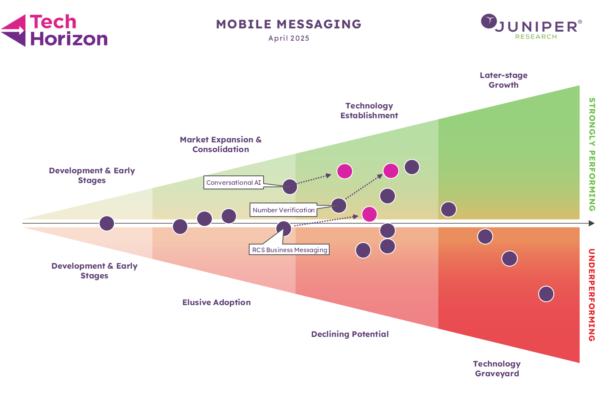For 20 years mobile connectivity has shaped the world. The used of voice, text, web and apps has changed the way people connect with each other and with enterprises. This revolution is far from over. Here are eight stats reflecting the mobile world of 2021…
For those who can remember the 2G era, today’s mobile ecosystem is a thing of wonder. In 2006, a decade ago, demos of streaming video were a marvel – even though they always buffered. The mobile web was a scaled down version of the real thing. Smartphone UI was impenetrable.
Today, the future people dreamed of in 2006 is here. But it is just the beginning. The race is on to bring smartphones and fast connections to people – and devices – all over the world. Here are the big numbers, courtesy of Ericsson’s Mobility Report 2016.

Mobile subscriptions are still growing: 9 billion by 2021
Never mind the 100 per cent plus penetration rates in many countries, mobile subscriptions are still on the up. The survey says the global total was 7.1 billion in 2014, 7.3 billion in 2015 and reached 7.4 billion in Q1 2016.
Unsurprisingly, this is due to the ongoing demand in developing economies. The report says India grew the most in terms of net additions during Q1 (+21 million), followed by Myanmar (+5 million), Indonesia (+5 million), the US (+3 million) and Pakistan (+3 million).
Mobile broadband is powering growth: subscriptions up by around 20 per cent year-on-year
 Demand for mobile data services – web access, apps, chat services, maps etc – is without doubt the biggest driver of mobile comms at present. Ericsson says mobile broadband subs increased approximately 140 million in Q1 2016 alone. There were 2.9 billion mobile broadband subscribers in 2015; there will be 7.7 billion by 2021, accounting for 85 per cent of all subscriptions.
Demand for mobile data services – web access, apps, chat services, maps etc – is without doubt the biggest driver of mobile comms at present. Ericsson says mobile broadband subs increased approximately 140 million in Q1 2016 alone. There were 2.9 billion mobile broadband subscribers in 2015; there will be 7.7 billion by 2021, accounting for 85 per cent of all subscriptions.
There will be 150 million 5G subscriptions by 2021
There’s already talk of 5G and the impact it can make. The report says the next gen data network will begin to affect the market by 2012, with 150 million global connections. It says South Korea, Japan, China and the US will lead the uptake.
Unstoppable smartphones: subscriptions set to almost double by 2021
It took over five years to reach the first billion smartphone subscriptions (2012) and
and less than two years to reach the second billion. This growth will accelerate fuelled by massive growth in markets such as the Middle East and Africa, where smartphone subscriptions will increase more than 200 percent between 2015 and 2021. There will be 6.3 billion smartphone users by 2021.
 IoT set to dominate: more connected IoT devices than phones by 2018
IoT set to dominate: more connected IoT devices than phones by 2018
The drive to connect ‘M2M’ devices such as cars, machines, utility meters and consumer
electronics is well under way. In two years, there will be more of these connected IoT devices than phones. There will be around 28 billion connected devices by 2021, of which close to 16 billion will be related to IoT.
Mobile data traffic explosion: consumption to grow ten fold by 2021
The rising number of smartphone subscriptions, in combination with speedy LTE connections, will drive huge demand for data traffic over the next five years.
 North America will lead. In 2021, monthly smartphone data usage per active
North America will lead. In 2021, monthly smartphone data usage per active
subscription will be 22 GB, with Western Europe at 18 GB and Asia Pacific at 7 GB.
LTE is hot: subscriptions stand at nearly 1.2 billion now; 4.2 billion by 2021
The people want 4G. Fast mobile data connections are proliferating all over the world. At the end of 2015, there were 1.1 billion LTE/4G connections. 30 million were added during the first 2016 quarter. There will be 4.2 billion by 2021. In parallel, GSM/EDGE connections will dwindle, from 4 billion in 2014 to 1.2 billion by 2021.
The pull of mobile video: over two-thirds of all data traffic by 2021
Video is proliferating across the mobile web, not least because social networks like Facebook and Twitter are integrating it into their services.
The report says video usage will grow by around 55 per cent annually through 2021.






